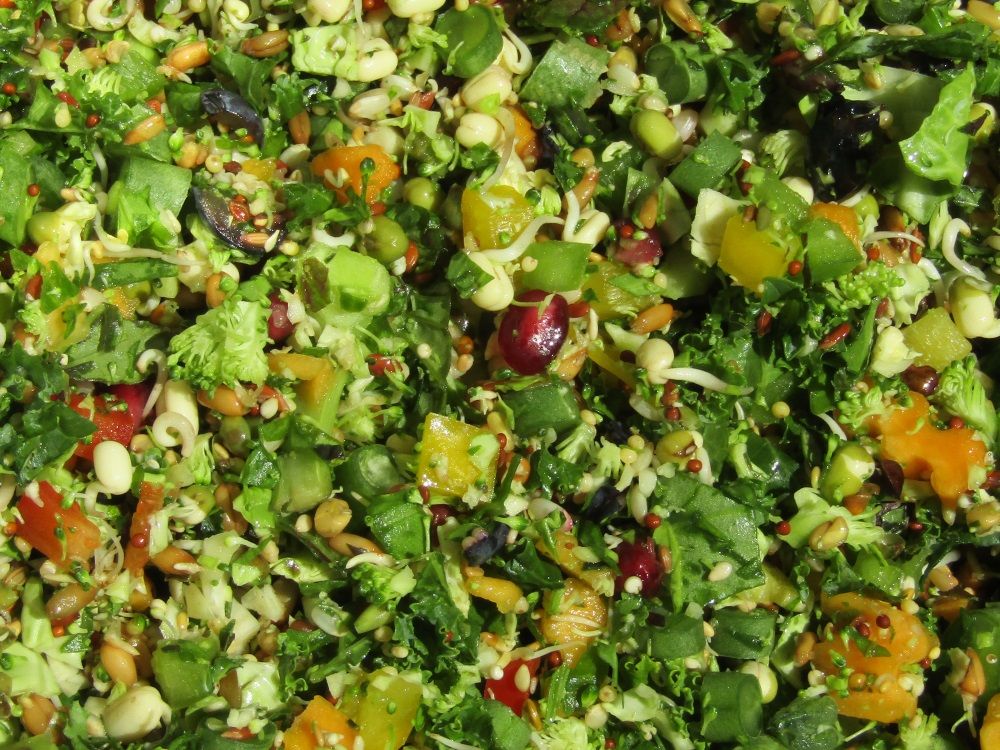Hi everybody!
This is my first time to this forum, I just found the website on google . I'm hoping you could help me out a little.
. I'm hoping you could help me out a little.
My roommates bought a 3 month old BC conure in September and a couple weeks ago decided they just didn't have the time for it - they are very irresponsible pet owners. 9 cats, a dog, a chinchilla, and a hamster. none really get the attention they need.- this bird was bought from a breeder that handfed and she was very sweet in the beginning. well because they didn't think about the fact that they have NINE cats, poor bird was never out of her cage. maybe once a week for just 5 mins.
I decided to take her under my wing and try to make this work but I'm getting to the end. She bites all the time. its not really aggressive from what I can tell. she'll be nibbling your finger then CHOMP!! she's drawn blood a few times now. I've been working with her and it has improved -I blow in her face if she doesn't react to me sucking in sharply. for the most part she backs off before the force of wind comes. - I have tried the roll but she just bites harder. she also wont let you put her on the floor which is understandable. I read to put her back in the cage but I also read that's not a good idea because she'll either bite to be brought back or not view it as a safe place.
This is my first conure but I had a cockatiel like 10 years ago. they are so different its kind of crazy. he was a breeze lol
she's a really sweet bird and we are both getting attached to each other. I Leave her cage open all day unless I go upstairs to cook and she never sits at the cage. the second my back goes to her she flies right over and hangs out on my shoulder. the only problem is the biting because she nibbles ALOT and it always turned into a chomp. my husband is saying she's gonna have to go and my hearts breaking a bit. I know she can be a good bird. we have 2 children under 5 and this is why he's being so stern in it.
also, tricks on teaching her to step up? everytime I attempt she just bites me. I've tried bribing with food, she LOVES sweet peppers. makes it hard to get her off the back of my neck when she starts getting to nippy.
This is my first time to this forum, I just found the website on google
My roommates bought a 3 month old BC conure in September and a couple weeks ago decided they just didn't have the time for it - they are very irresponsible pet owners. 9 cats, a dog, a chinchilla, and a hamster. none really get the attention they need.- this bird was bought from a breeder that handfed and she was very sweet in the beginning. well because they didn't think about the fact that they have NINE cats, poor bird was never out of her cage. maybe once a week for just 5 mins.
I decided to take her under my wing and try to make this work but I'm getting to the end. She bites all the time. its not really aggressive from what I can tell. she'll be nibbling your finger then CHOMP!! she's drawn blood a few times now. I've been working with her and it has improved -I blow in her face if she doesn't react to me sucking in sharply. for the most part she backs off before the force of wind comes. - I have tried the roll but she just bites harder. she also wont let you put her on the floor which is understandable. I read to put her back in the cage but I also read that's not a good idea because she'll either bite to be brought back or not view it as a safe place.
This is my first conure but I had a cockatiel like 10 years ago. they are so different its kind of crazy. he was a breeze lol
she's a really sweet bird and we are both getting attached to each other. I Leave her cage open all day unless I go upstairs to cook and she never sits at the cage. the second my back goes to her she flies right over and hangs out on my shoulder. the only problem is the biting because she nibbles ALOT and it always turned into a chomp. my husband is saying she's gonna have to go and my hearts breaking a bit. I know she can be a good bird. we have 2 children under 5 and this is why he's being so stern in it.
also, tricks on teaching her to step up? everytime I attempt she just bites me. I've tried bribing with food, she LOVES sweet peppers. makes it hard to get her off the back of my neck when she starts getting to nippy.


